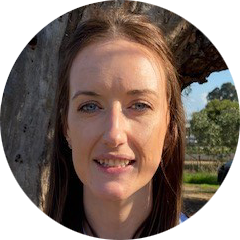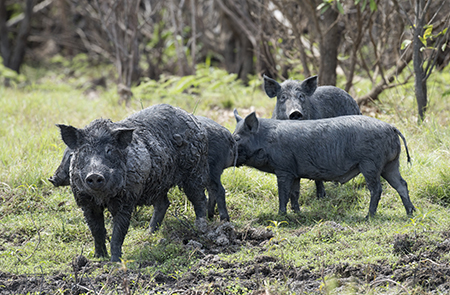Ideal time to plan feral pig control
13 Jun 2021
 PRODUCTION ADVICE - JULY 2021 - INVASIVE SPECIES
PRODUCTION ADVICE - JULY 2021 - INVASIVE SPECIES
By Claire Hockley
Biosecurity Officer
M: 0419 839 049 | E: claire.hockley@lls.nsw.gov.au
 The favourable season has provided ideal breeding conditions for feral pigs, with an increase in population density and distribution across the region. Sows can reproduce all year round and can potentially have two litters of up to 10 piglets each year.
The favourable season has provided ideal breeding conditions for feral pigs, with an increase in population density and distribution across the region. Sows can reproduce all year round and can potentially have two litters of up to 10 piglets each year.
Winter is a great time to monitor your property for feral pig activity and start planning a control program for when the weather warms up and green feed sources are scarce.
The most noticeable sign of feral pigs is the damage caused by their destructive rooting behaviour, as well as wallows found in wet areas and damage to crops, pastures and fences.
Control techniques for feral pigs include shooting, trapping and 1080 poison baiting.
When baiting feral pigs, it is essential to ‘free feed’ unpoisoned grain prior to baiting to ensure that the maximum number of feral pigs are feeding on the bait material. A baiting program can take two weeks or more, with a greater level of success achieved when baiting and trapping is done in a coordinated program with your neighbours.
To use 1080 grain baits for feral pigs, land managers must be accredited with an AQF3 chemical accreditation or Vertebrate Pesticide Induction training (VPIT) course accreditation. Local Land Services’ VPIT course is now available online to help farmers remain compliant with legislation when baiting on their properties – link.
Give your local Biosecurity Officer a call on 1300 795 299 for advice on camera monitoring, trapping and baiting options.